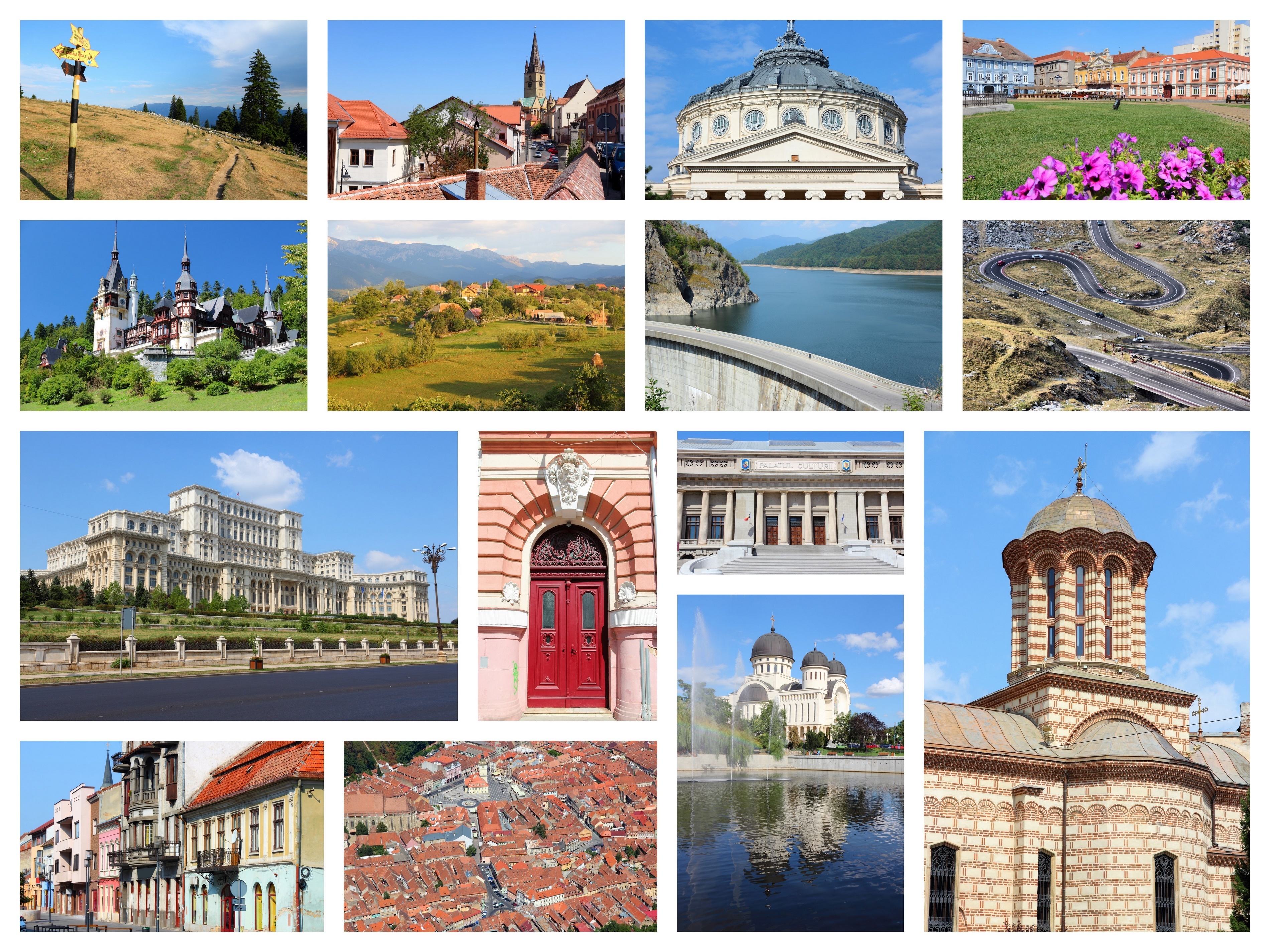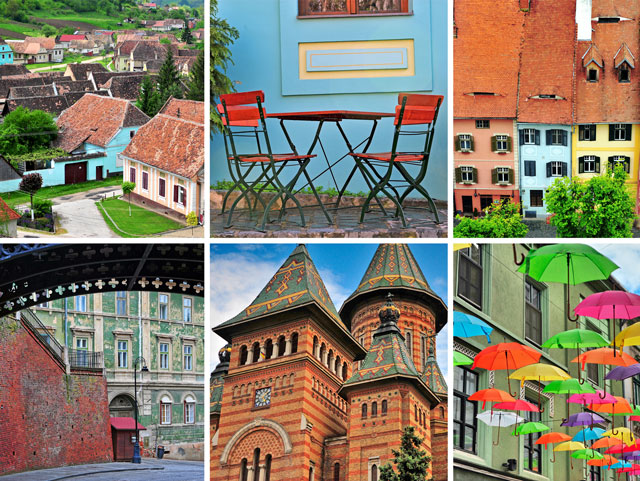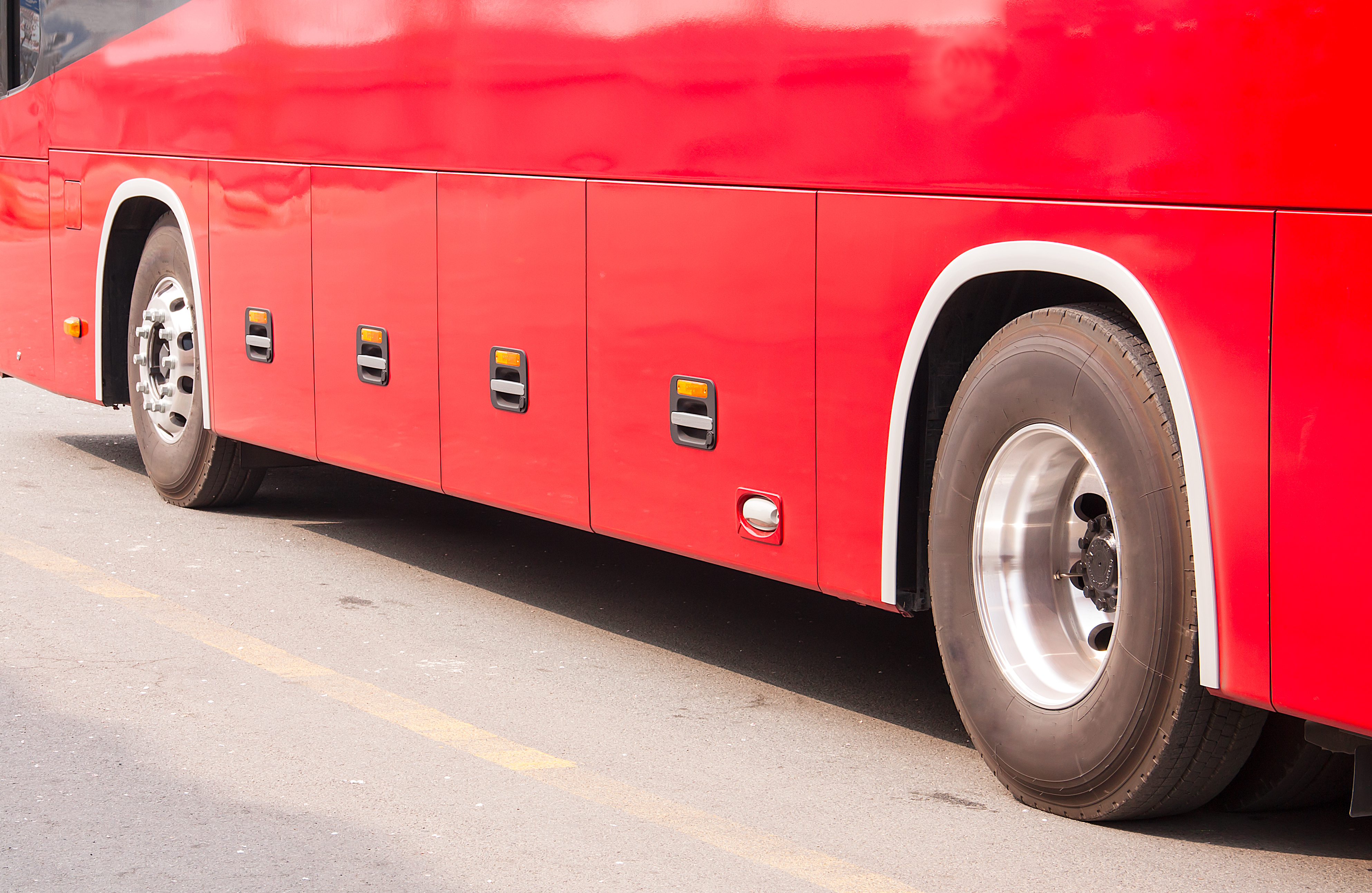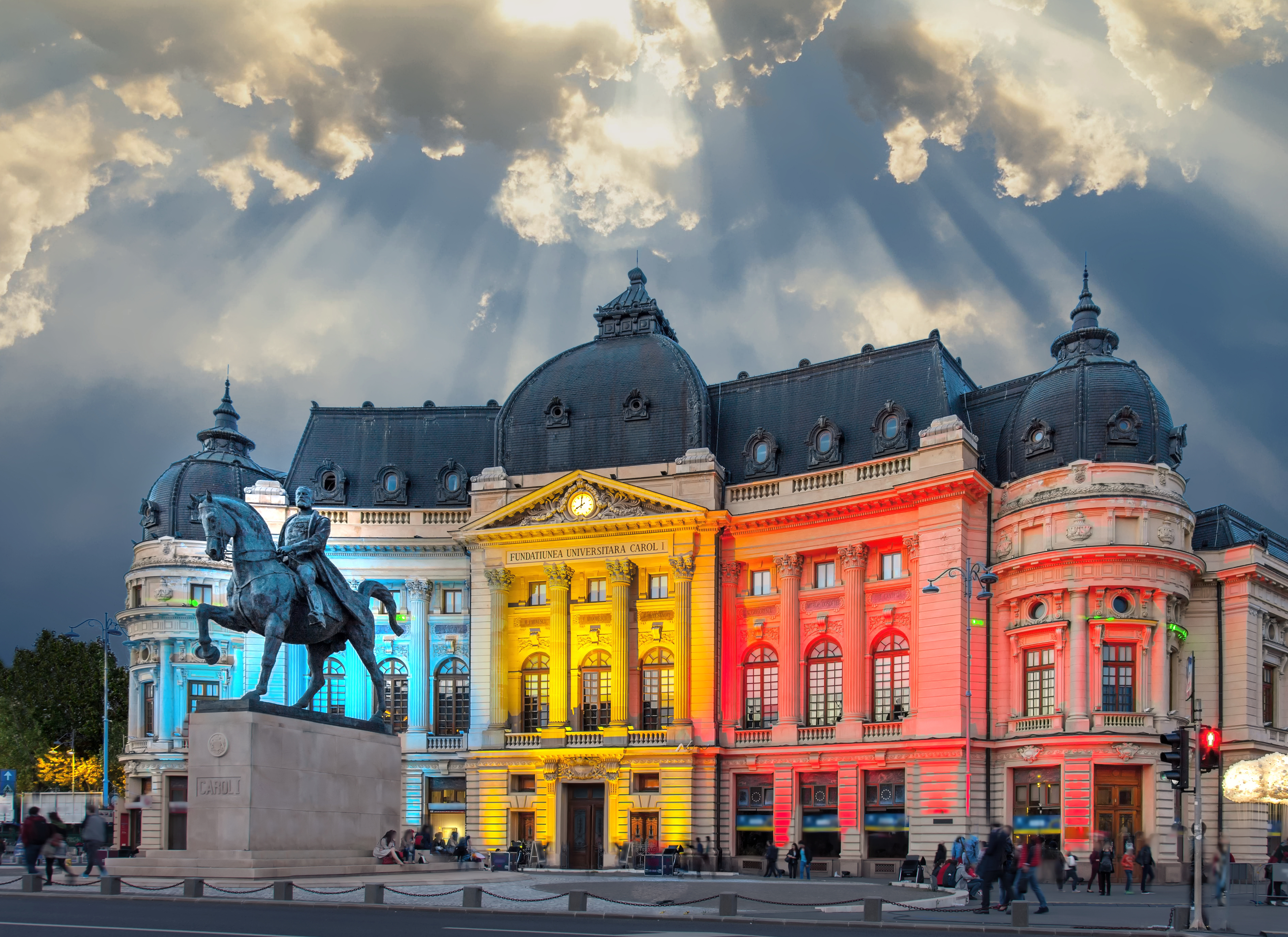Description
Historical Monuments:
- Medieval fortresses found in Sighisoara, Neamt and Rasnov
- Unique monasteries in Moldavia (Voronet, Sucevita, Putna)
Natural Monuments:
- National Park in Retezat, Apuseni Park, Piatra Craiului Park and others
- St. Ana Lake (the only volcanic lake in Romania) and The Red Lake
- Mud Volcanoes in Buzau County
- Danube Delta – part of UNESCO heritage
A complete list of museums and art galleries in Bucharest can be found here.
Romanian literature dates back to the 15th century and flourished in the 19th century due to some of the most famous literary figures in the country: Mihai Eminescu – national poet, Ion Luca Caragiale, Mircea Eliade, Lucian Blaga.
Of all the things Bucharest has to offer, the capital of Romania is undoubtedly known for its crazy and thriving nightlife.
From concerts and festivals to bars, nightclubs and various parties, there is definitely something which will suit your needs and musical preferences.
A list of the most popular nightclubs, including a map of their exact location can be found here.







